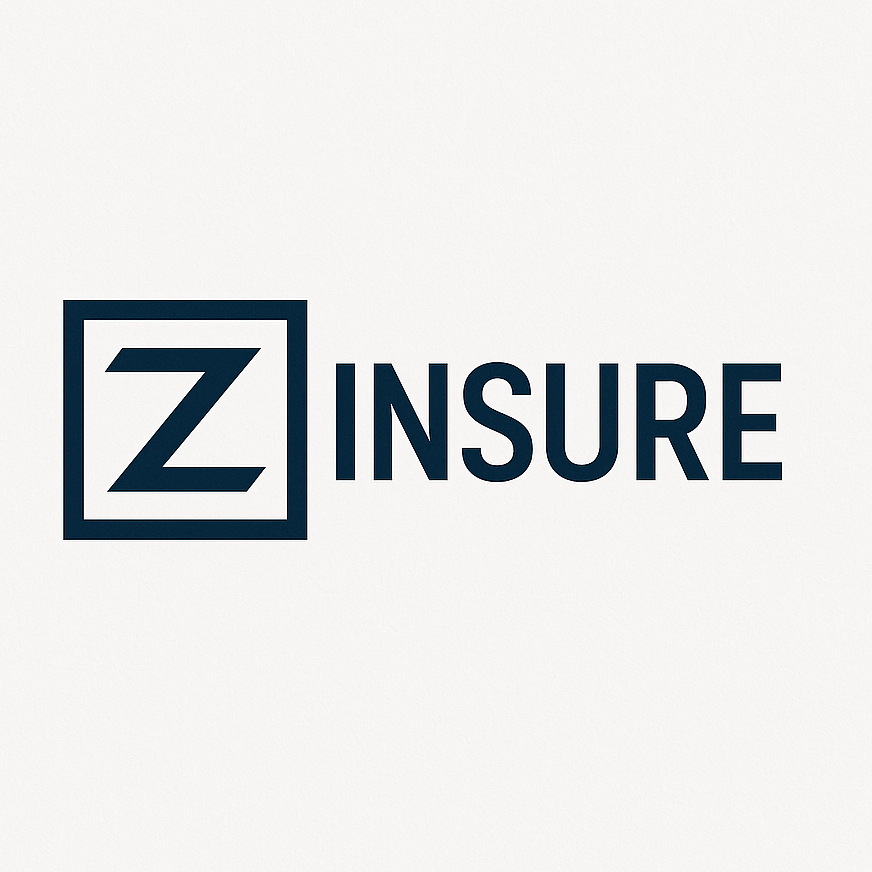
Frequently Asked Questions
-
Indexed Universal Life (IUL) insurance is a type of cash value life insurance that combines a death benefit with a cash value component that grows based on the performance of a chosen stock market index, such as the S&P 500. IULs can be an excellent tool to both protect and grow wealth, but it's crucial to understand how it works to determine if it's suitable for your individual needs and financial situation.
-
Potential for Higher Returns: Offers the potential for greater cash value growth compared to traditional fixed-rate universal life policies, as it's linked to market index performance.
Downside Protection: The "floor" feature provides a degree of protection against market downturns, ensuring that cash value won't fall below a certain guaranteed minimum.
Flexibility: Adjustable premium payments and death benefits allow policyholders to tailor the policy to their changing financial needs and goals.
Tax Advantages: Tax-deferred cash value growth and potential tax-free access to cash value through loans and withdrawals can be attractive for long-term financial planning.
Transparency: Universal Life insurance policies by design are transparent. This allows the insured to “look under the hood” to better understand how IUL works, including policy expenses, indexed account details and policy rider options.
Lifelong Coverage: Provides permanent life insurance protection for beneficiaries.
-
High-income individuals: IULs can be a valuable tool for Individuals with high incomes who have maximized their Roth contributions or whose incomes exceed the Roth IRA eligibility limits. A properly structured, quality IUL would provide a tax-me-never financial strategy beyond Roth’s limitations. As congress attempts to tax its way out of our country’s enormous national debt – now at $37 trillion and climbing - it is incumbent upon high-income earning clients to look for financial alternatives that provide a firewall against tax increases that frequently target the more affluent.
People seeking to diversify their investment portfolios: With its unique tax-advantaged benefits, IULs can be an integral part of a well-diversified asset allocation model.
Those with long-term investment horizons: IULs are well suited for long-term accumulation goals that maximize the power of compounding interest.
Business owners: Business owners can use IUL as part of a golden handcuff strategy, offering their executives and key employees an executive bonus plan to augment retirement benefits funded through the cash value of the policy.
Self-Employed Professionals: Unlike traditional employees, self-employed individuals may not have access to employer-sponsored retirement plans, making it crucial to explore flexible, reliable tax-advantaged solutions like IUL.
-
Simplified Design: IUL policies can be complex and difficult to understand, especially IULs that offer a dizzying array of indexed accounts with a myriad of financial objectives. Seek an IUL that limits their index account options to well-established indices like the S&P 500, which are easy to monitor and have a lengthy historical track record.
Policy Expenses: One simple but effective way to gauge an IUL policy’s expense is to compare different IULs initial minimum premium requirement. Higher initial minimum premium requirements usually indicate higher front-end expenses.
In-Force IULs vs New IULs: Some life insurance carriers offer new IUL products that are designed with more attractive features, higher caps, or better crediting strategies compared to their older, in-force IUL policies, potentially making them more appealing to consumers. Make sure the life insurance carrier you are considering doesn’t enhance their newer IULs at the expense of their in-force IUL policyholders.
IUL Illustrations: At some point in the sales process, a computer-generated life insurance proposal is frequently used to help explain the benefits of IUL. Although some of these illustrations can be over 40 pages in length, many life insurance producers tend to concentrate on the “sizzle”, the section that highlight the IUL policy’s cash values, or its tax-free income potential. These illustrated values are forecasts, based on multiple hypothetical assumptions, such as the selected indexed account(s) future performance. In some instances, the life insurance carrier sets their IUL illustration software to default to an indexed account that is preferable and more cost effective to the company. It is the life insurance producer’s responsibility to be knowledgeable about each of the indexed accounts, and based on that knowledge, recommend indexed account(s) that will best help their clients achieve or exceed the illustrated results.
Target Premium: Target premium refers to the life insurance producer’s commissionable premium, which determines how much they will earn when selling a particular life insurance carrier’s IUL product. Some life insurance carriers offer very generous IUL target premiums to attract independent life insurance producers to sell their product. IULs with high target premiums tend to have high surrender charges in the policy’s first three to five years. IULs with lower target premiums usually have lower surrender charges, which is important if an IUL is heavily funded in the policy’s early years, and a cash need arises.
Underwriting: One must be in good health to qualify for any type of life insurance and IUL is no different. It’s always a good idea to ask the life insurance producer to share with you the life insurance carrier’s underwriting guidelines and what it entails in getting approved for coverage. Some life insurance producers tend to gloss over this extremely important aspect of purchasing life insurance.
